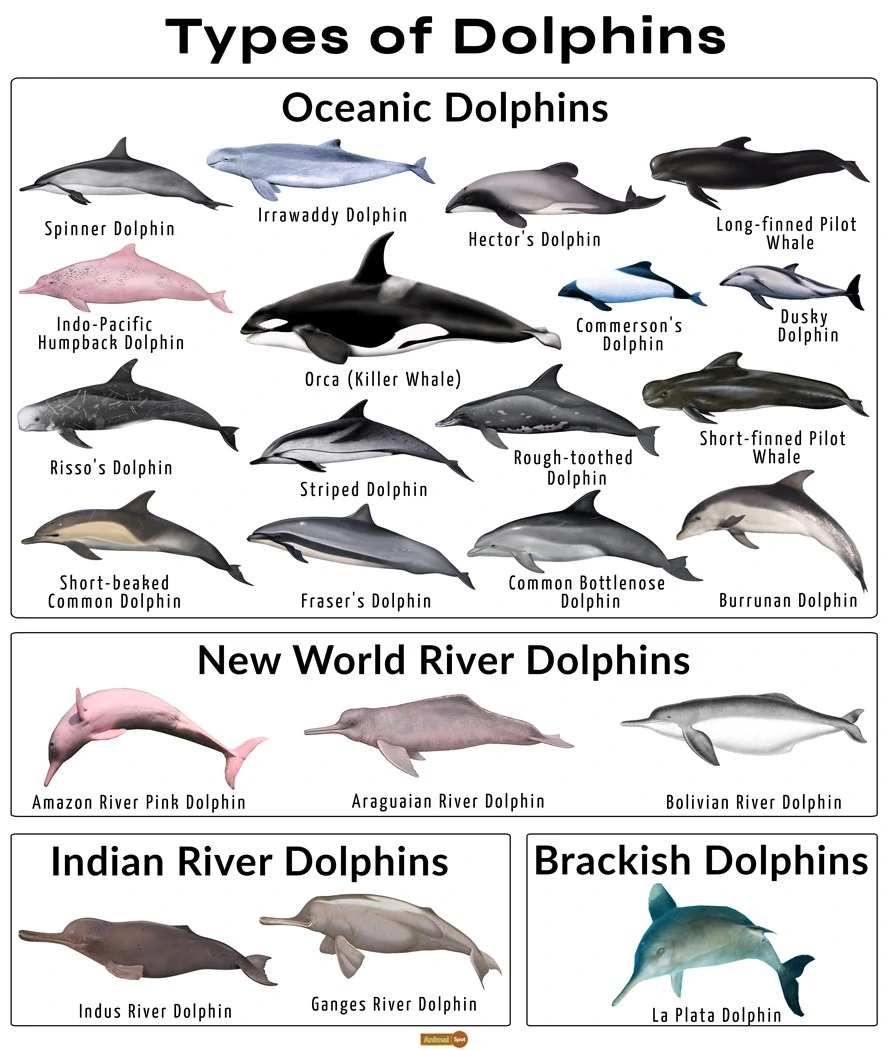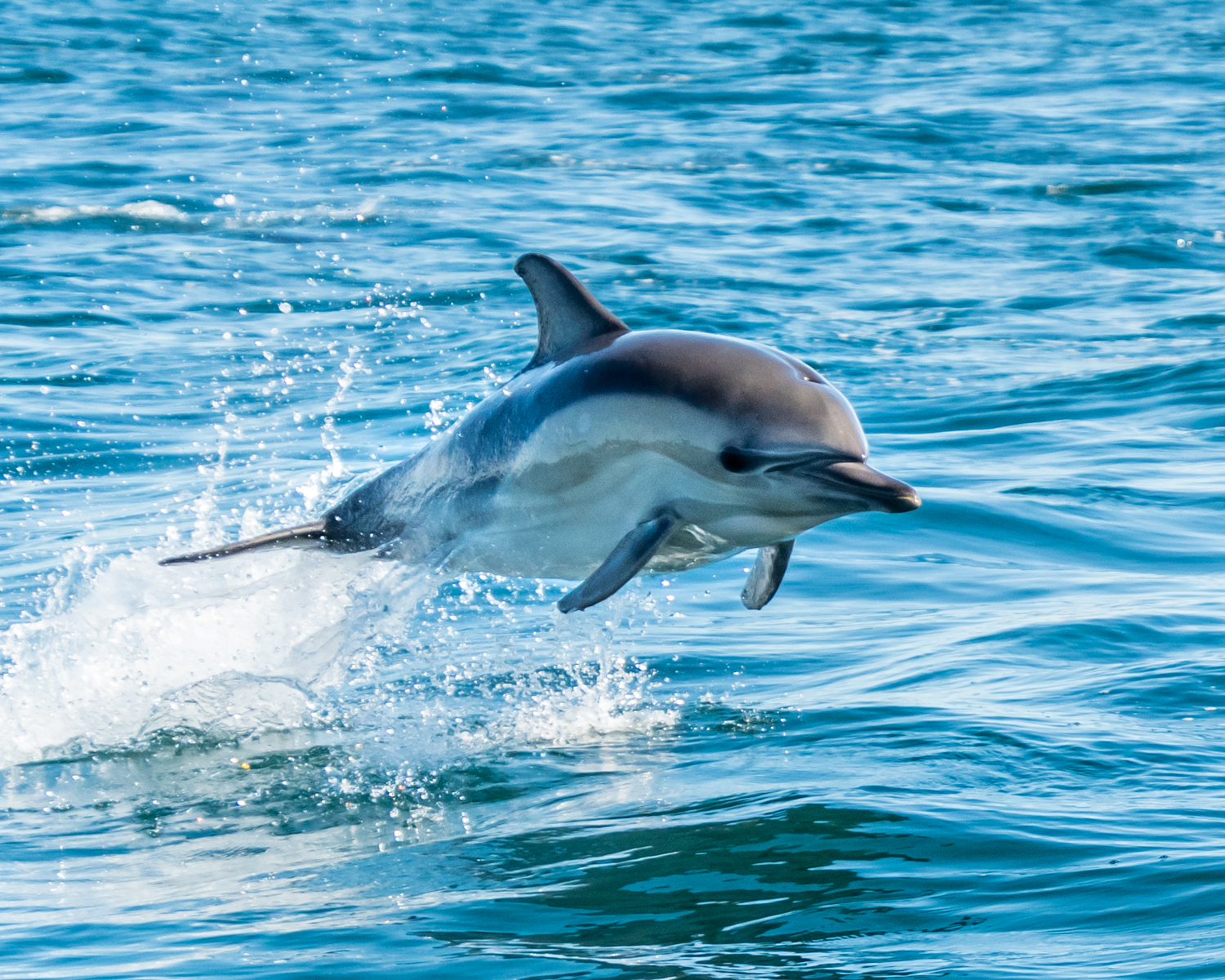Remarkable Dolphin Facts to Show To Your Friends and Family
Remarkable Dolphin Facts to Show To Your Friends and Family
Blog Article
Study the Sea: Exciting Dolphin Realities for Sea Lovers
The world of dolphins provides an interesting intersection of intelligence, social habits, and ecological value. With approximately 37 types, these aquatic animals display a variety of remarkable qualities that not only astound ocean lovers however likewise underscore their important role in aquatic environments. From their complex communication methods to their remarkable problem-solving capabilities, dolphins challenge our understanding of animal knowledge. The pushing requirement for preservation initiatives to shield these creatures and their habitats elevates vital inquiries about our duty in the direction of the ocean's residents. What effects do these elements hold for our communications with these impressive beings?
Dolphin Variety Diversity
Diversity is a hallmark of the dolphin family members, encompassing a variety of types that show distinctive physical characteristics, actions, and environments. The family members Delphinidae, frequently called nautical dolphins, consists of around 37 types, each adjusted to particular eco-friendly specific niches. For instance, the bottlenose dolphin (Tursiops truncatus) is renowned for its knowledge and convenience, thriving in both seaside and open sea environments.
On the other hand, the whale (Orcinus whale), typically described as the killer whale, is the largest member of the dolphin family members and is identified by its striking black-and-white pigmentation. Orcas demonstrate complex social frameworks and hunting techniques, showcasing the behavioral variety within the family. Various other species, such as the spinner dolphin (Stenella longirostris), are noted for their acrobatic displays and preference for warmer waters, highlighting the versatility of dolphins to numerous aquatic communities.
In addition, river dolphins, including the pink river dolphin (Inia geoffrensis), populate freshwater atmospheres, even more showing the wide-ranging habitats that dolphins occupy. Dolphin Facts. This extraordinary variety not only enhances aquatic ecological communities but additionally emphasizes the importance of preservation efforts to secure these exceptional creatures and their settings
Social Actions and Interaction
The intricate social habits and communication techniques of dolphins are crucial parts of their existence, promoting group cohesion and boosting survival. These highly intelligent marine animals display complicated social structures, typically forming sheaths that can range from a couple of individuals to over a hundred. Within these groups, dolphins involve in behaviors such as cooperative searching, social play, and mutual security, which cultivate strong bonds among members.
Dolphins make use of an advanced range of vocalizations, consisting of clicks, whistles, and body language, to communicate details and express emotions. Their trademark whistles serve as one-of-a-kind identifiers, similar to names, making it possible for individuals to call out to one an additional. This singing communication is enhanced by non-verbal signals, such as jumping, slapping the water, and synchronized swimming, which better improves their communications.

One-of-a-kind Feeding Habits
One-of-a-kind feeding habits characterize dolphins, showcasing their versatility and knowledge in various marine atmospheres. These aquatic creatures are understood for their varied diet plans, which mainly are composed of fish, squid, and crustaceans. Their hunting techniques can vary dramatically, commonly tailored to the specific prey and ecological conditions.
One noteworthy method is participating searching, where dolphins function in groups to herd schools of fish right into tight formations, making it less complicated for individuals to catch their dish. This social behavior not only improves their feeding efficiency but likewise strengthens social bonds within the skin. Furthermore, dolphins have actually been observed using a method called "fish-whacking," where they utilize their tails to disorient or stun fish, assisting in easier capture.
An additional remarkable feeding practice is echolocation, which allows dolphins to identify target also in dirty waters. In general, the distinct feeding behaviors of dolphins highlight their function as skilled killers within the aquatic ecological community, showing both knowledge and resourcefulness.
Intelligence and Problem Fixing
Dolphins exhibit remarkable cognitive capacities that expand beyond their sophisticated feeding methods. Their knowledge appears why not try these out in their analytic abilities, social interactions, and capability for knowing. Research study has shown that dolphins can make use of devices, such as making use of marine sponges to secure their rostrums while foraging on the seafloor. This actions highlights their ability to adjust their atmosphere efficiently and adjust methods to boost survival.
In addition, dolphins exhibit sophisticated interaction skills, using a complicated system of clicks, whistles, and body language. Dolphin Facts. This interaction is crucial for working with team tasks, such as hunting and mingling, highlighting their ability to work jointly towards a typical goal. Their capacity to comprehend abstract ideas, consisting of self-recognition in mirrors, better highlights their cognitive sophistication
In regulated research studies, dolphins have shown an ability to address problems and execute jobs that require both memory and important reasoning. These communications suggest not just knowledge but also a readiness to involve with their environment in unique click reference means. Overall, the cognitive prowess of dolphins puts them amongst one of the most smart types on the world, fostering a much deeper admiration for their role in aquatic environments.
Preservation and Environmental Impact
Preservation efforts focused on securing aquatic communities are important for preserving dolphin populaces and their habitats. Dolphins are highly conscious environmental modifications, and their survival is intricately linked to the wellness of oceanic environments. Overfishing, pollution, and environment change posture considerable hazards to both dolphins and their atmospheres.
Overfishing interferes with the food chain, bring about a decline in target varieties crucial for dolphin survival. In addition, contaminants such as chemicals and plastics collect in marine environments, endangering dolphins through intake and bioaccumulation. Raised water temperature levels and ocean acidification, effects of environment change, further endanger the fragile equilibrium of aquatic environments, impacting dolphin breeding and migratory patterns.
Preservation initiatives, including the establishment of marine safeguarded locations (MPAs), play a crucial duty in guarding these smart animals. MPAs aid minimize human impact, enabling ecosystems to recoup and prosper. Public recognition projects and community involvement are additionally important, cultivating a culture of stewardship in the you can try this out direction of marine life. By prioritizing preservation initiatives, we can guarantee that future generations take pleasure in the beauty and vitality of dolphins and the oceans they populate. Protecting marine ecological communities is not almost conserving dolphins; it has to do with protecting the complex web of life that sustains all of us.
Final Thought
Dolphins exhibit the intricacy and splendor of marine life via their diverse varieties, elaborate social structures, and advanced cognitive abilities. As important parts of aquatic ecological communities, dolphins highlight the necessity of ongoing conservation initiatives to guard their environments.
Other types, such as the spinner dolphin (Stenella longirostris), are noted for their acrobatic displays and preference for warmer waters, highlighting the versatility of dolphins to various marine environments.
In general, the distinct feeding practices of dolphins highlight their function as skilled predators within the aquatic ecosystem, demonstrating both intelligence and ingenuity.
Overall, the cognitive prowess of dolphins puts them among the most smart types on the planet, cultivating a deeper appreciation for their role in aquatic communities.

Report this page